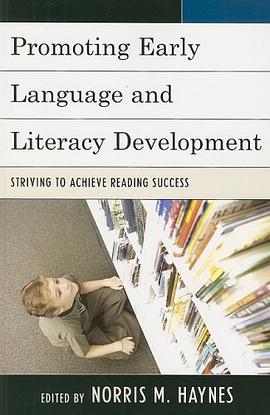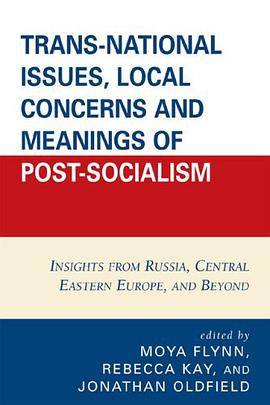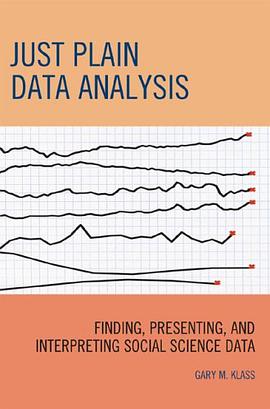

In recent years, remarkable discoveries have been made concerning the underlying mechanisms of aging. In "Life-Span Extension: Single-Cell Organisms to Man", the editors bring together a range of illuminating perspectives from researchers investigating the aging process in a variety of species. This novel work addresses the aging process in species ranging from yeast to man and, among other subjects, features detailed discussions of the naked mole-rat, an exceptionally long-lived rodent; the relationship between dietary factors/food restriction and aging; and an evolutionary view of the human aging process. Single mutations that extend life span have been identified in yeast, worms, flies, and mice, whereas studies in humans have identified potentially important markers for successful aging. At the same time, it has been discovered that the genes and pathways identified in these studies involve a surprisingly small set of conserved functions, most of which have been the focus of aging research for some time. For example, the mTOR pathway, a regulator of translation and protein synthesis, has been identified as a common longevity pathway in yeast and Caenorhabditis elegans. In mammals, this pathway intersects with neuroendocrine pathways and with the insulin/insulin-like growth factor pathways, which have been identified as major modulators of life span and aging in both invertebrates and mice. Novel, emerging technologies and the increasingly wide variety of systems that are now used to study aging and the mechanisms of aging provide enormous opportunities for the identification of common pathways that modulate longevity. It is these common pathways that are the focus of this important volume.
具体描述
读后感
评分
评分
评分
评分
用户评价
相关图书
本站所有内容均为互联网搜索引擎提供的公开搜索信息,本站不存储任何数据与内容,任何内容与数据均与本站无关,如有需要请联系相关搜索引擎包括但不限于百度,google,bing,sogou 等
© 2025 book.wenda123.org All Rights Reserved. 图书目录大全 版权所有




















